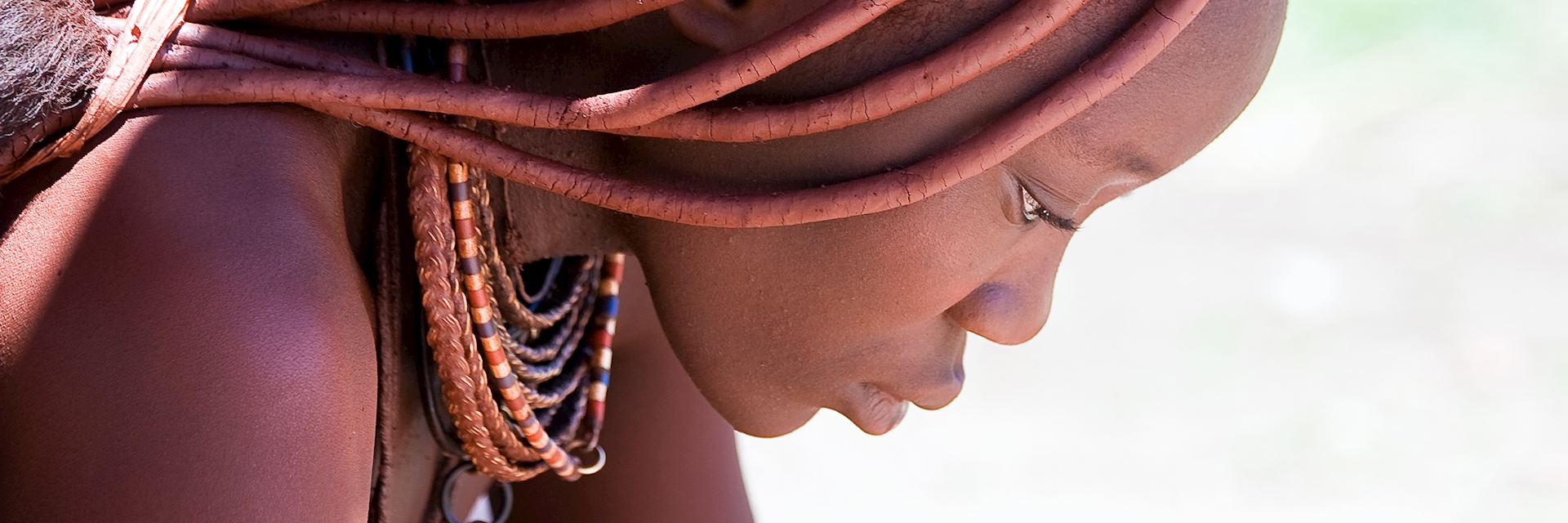Practical Information
As well as the spectacular scenery, Namibia has wild game all over the country.
In the desert areas it is widely dispersed, whilst around the permanent water sources (such as in Etosha and the Caprivi) game concentrations are high.
Travelling in Namibia
In order to see all of this wildlife and scenery, you have three main options to get about:
Light aircraft
Seeing Namibia from the air is spectacular — you get to choose exactly the camps that you want and we will fly you from one to the next.
Guided-drives
For guided safaris you will be driven by a guide known personally to Audley.
Self-drives
The self-drive option is particularly recommended due to the good condition of the road network (even if non-tarmac), as traffic is light and of course, the scenery is wonderful. Our specialists can plan a route and provide you with all the information you will need.
Irrespective of how you travel, when you reach your chosen camps, expert guides with specialist local knowledge will take you into remote areas on foot or by 4x4.
Language
The official language is English, although Afrikaans and German are also widely spoken. The main ethnic languages fall into the Bantu and Khoisan language groups and there are many local languages. Most Namibians will speak several languages.
Food and Drink
The staple diet for most Namibians is a stiff maize porridge known as pap, served with a stew. Pap tends to be rather bland, but the accompanying stews can be quite tasty. Restaurants tend to serve large, good value, if fairly simple meals, with menus revolving around steak, chicken and schnitzel, plus good, fresh seafood by the coast. Meals in guesthouses and lodges are always plentiful and usually excellent. Camps, hotels and lodges that cater to overseas visitors will serve a very international fare, and the quality of food prepared in the most remote bushcamps amazes visitors.
Tipping
Tipping is not compulsory but is enthusiastically received if you are happy with the service and are happy to tip. We recommend that you tip your specialist guide at the end of your stay in camp; as a rough guideline you might want to tip from N$100 per guest per day. It is also a nice gesture to tip general camp/lodge staff. Here we recommend about N$30 per guest per day. This should be placed in the communal tipping box. If you would like to tip porters we recommend about N$30. Obviously this is very much a rough guideline and you are completely free to give whatever you feel is appropriate.
Money
The currency of Namibia is the Namibia Dollar. This is tied to the South African Rand and 1 ZAR = 1 N$. Both are used freely in Namibia. It is possible to buy South African Rand in the UK prior to departure, but not Namibian Dollars. Many hotels and lodges accept payment in US dollars as well as Namibian Dollars and South African Rands. Note that petrol must always be paid for in cash (N$ or ZAR), this also applies to park fees and in government lodges. However major shops and restaurants accept credit cards. Bank cash machines can be found in most major towns.
Social Issues
Conservative casual wear is generally acceptable everywhere, but revealing clothes should be avoided. Do not take pictures of people without asking permission. Photography is not allowed in airports. Places of historic and scenic interest may be photographed, but permission should be sought before photographing military installations, government buildings or other possibly sensitive subjects.
Travel Advice
Our country specialists can advise on any safety concerns you may have. For current information, please refer to the Foreign, Commonwealth & Development Office website.
When to go to Namibia
You'll find temperature and rainfall information, together with a month-by-month guide on visiting, on our guide for when to go to Namibia.
More Information
-
Flight Time
12½ hours (Windhoek, via Frankfurt or Johannesburg) -
Recommended Airlines
British Airways, South African Airways -
Time Zone
UTC +2
